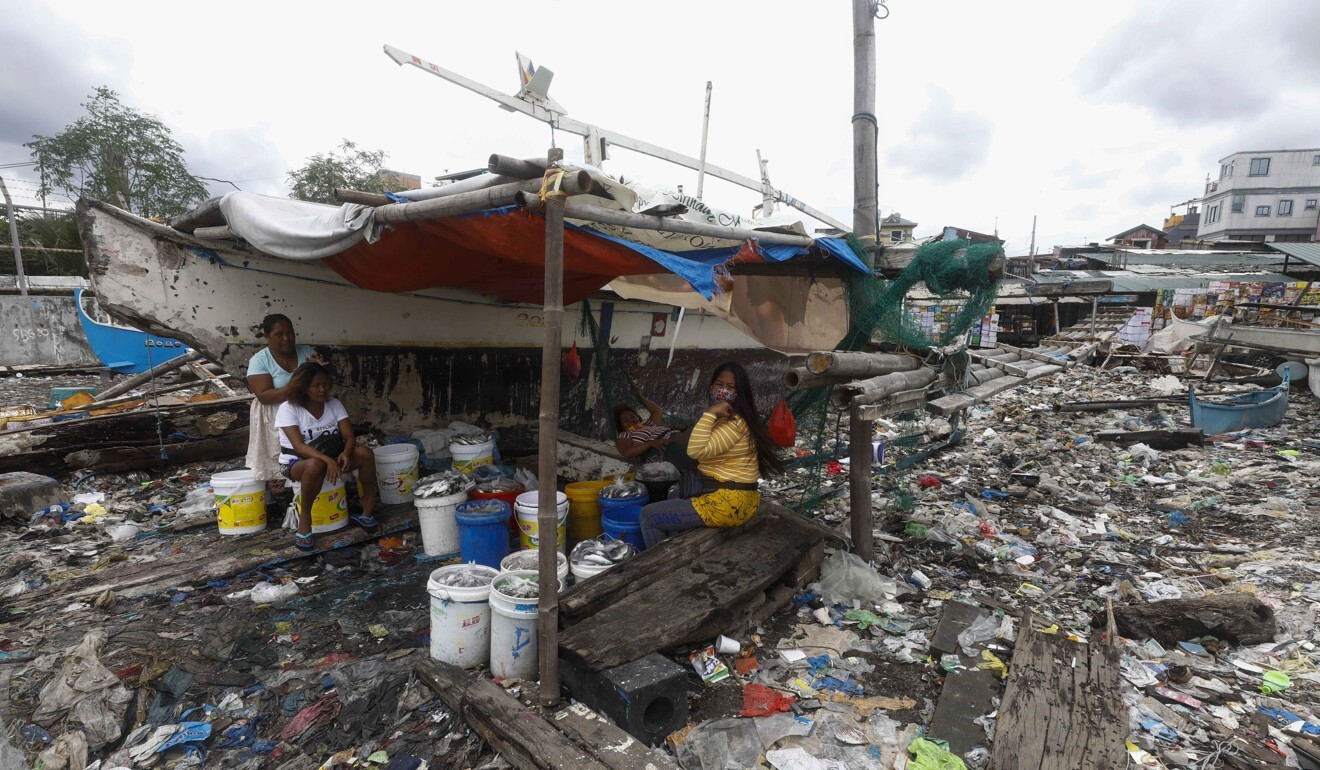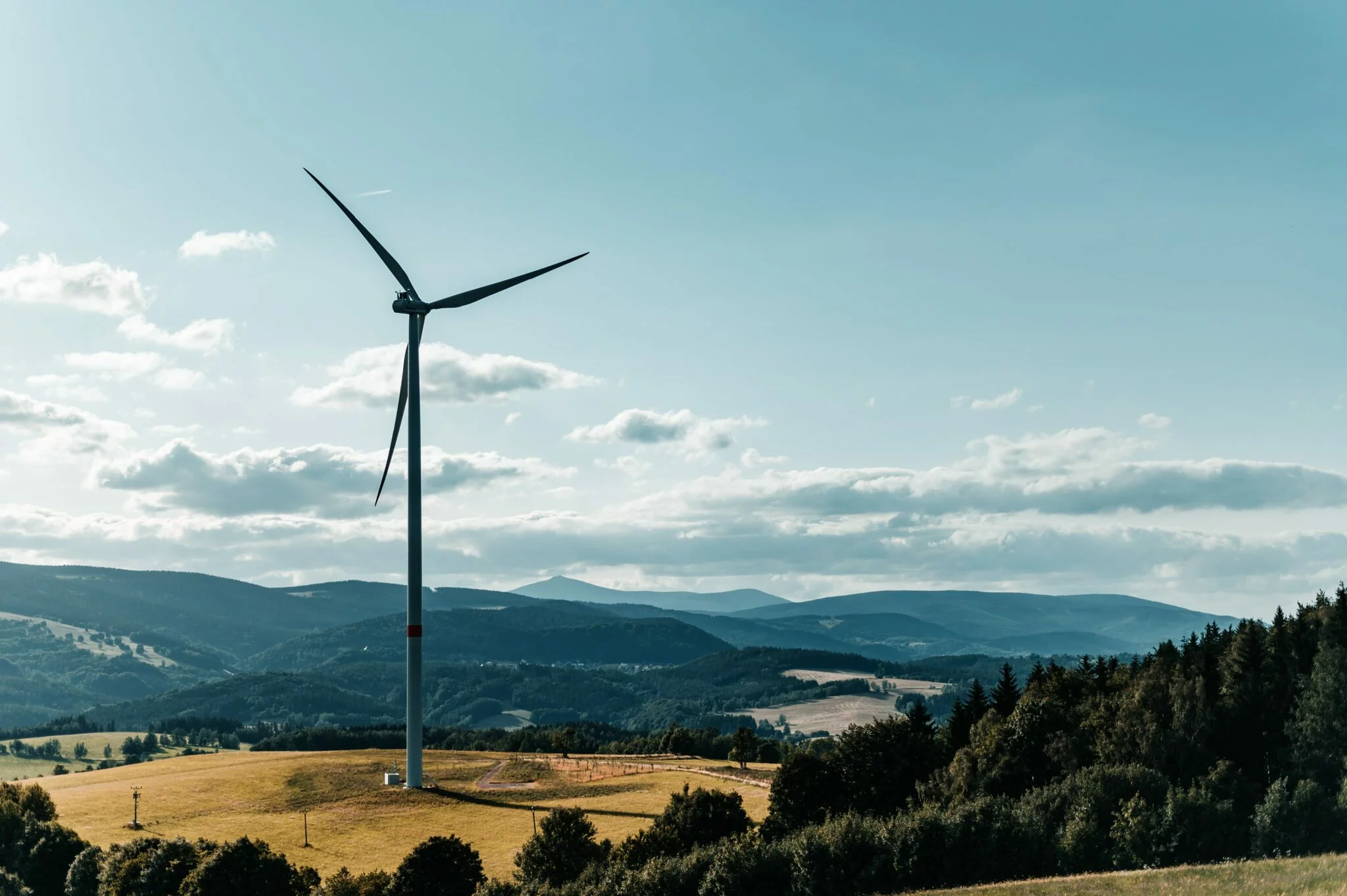Few countries in the region have tied green components to their stimulus packages, which contain some environmentally harmful measures. Green recovery policies and strategies can help put a country on the path to economic recovery while bringing environmental and sustainability benefits.
More than a year after the World Health Organization (WHO) declared the Covid-19 outbreak a public health emergency, the Association of Southeast Asian Nations (Asean) – a region with a combined GDP of US$9.34 trillion and a population of more than 650 million – has not recovered from the global economic tumult resulting from the pandemic.
While some economies in the region do appear to be recovering, Asean governments are still prioritising the disbursement of stimulus measures for short-term economic relief. As of May 28, Asean countries had authorised a total of US$730 billion, equivalent to 7.8 per cent of its total GDP in stimulus dollars.
While Asean governments have demonstrated a willingness to boost economic recovery and strengthen socioeconomic resilience during the ongoing crisis, the higher-order challenge is to what extent they can leverage this crisis to equip themselves against climate change, a slow-onset crisis of the same or even bigger magnitude as Covid-19. Green recovery policies and strategies can equally help to put a country on the path to economic recovery while bringing environmental and sustainability benefits.
However, few Asean countries and development partners have tied green components to their Covid-19 stimulus packages, and in effect, environmentally harmful measures are also embedded in the present stimulus packages.
WHAT IS GREEN RECOVERY?
Economists and development experts introduced the concept of green recovery measures to encourage governments to decarbonise the economy and enhance resilience in facing future health and climate shocks. The Institute for European Environmental policy suggests that governments introduce sustainable economic policies to tackle the Covid-19 crisis.
These include:
1. Fiscal measures with a long-term vision : Industry bailouts must be conditional to ensure that the private sector does not return to business as usual after Covid-19 and to enhance fairness, transparency, and positive environmental impacts.
2. Fossil fuel subsidy reform: The dramatic drop in oil prices and decreased consumption as countries tighten their lockdown measures provides an opportunity for governments to cut fossil fuel subsidies and reallocate spending to more sustainable projects.
3. Environmental taxation: Introducing and increasing carbon taxation is an important tool to push industries to implement green practices. When green stimulus measures are difficult to implement, sustainable activities can be achieved by adjusting market expectations to align with a future context of higher carbon prices.
4. Natural capital investment: Providing capital investment to protect water, biodiversity, and other natural resource activities will not only bring a more sustainable economic multiplier effect with positive climate impacts but also ensure ecosystem resilience as global crises caused by animal-human viral transmission, climate change and biodiversity loss are increasingly interlinked.
5. Increasing research and innovation to advance decarbonisation: Research and innovation are increasingly important to ensure policymakers and business players can leverage technologies and available tools to make their economies more competitive while transforming and scaling up sustainable practices.
Countries can invest in decarbonisation pathways in critical economic sectors, which significantly contribute to carbon emissions such as energy efficiency and renewable energy adoption, clean transport, and green construction. For countries that are vulnerable to climate risks such as extreme weather and drought, building up institutional capacities for resilience, for example, agriculture and food security, nature and biodiversity protection, and disaster risk reduction and preparedness will ensure that communities are equipped to face climate crises of the future.
As a region, Asean’s collective efforts for green recovery are articulated in the Asean Comprehensive Recovery Framework adopted at the 37th Asean Summit. Under the framework, green recovery – including green growth, green jobs, green infrastructure, and decarbonisation pathways – is one of the suggested measures at the country level.
In particular, the framework highlights the need for member states to accelerate renewable energy transition and decarbonisation pathways by establishing cross-sectoral coordination to frame and sustain an Asean energy transition. This can also be done by designing economic stimulus packages at the national level which consider green measures such as having clean electricity sources, expanding and modernising power grids, improving the energy efficiency of appliances, and increasing the spread of cleaner transport.
Finally, member states can also enhance collaboration and partnerships to ensure Asean’s capacity to access innovations and deploy emerging technologies and strengthen the energy supply chain through diversification to enhance resilience from future disruptions.

WHERE ARE THE GREEN COMPONENTS IN ASEAN GOVERNMENTS’ STIMULUS PACKAGES?
Moving into the medium and long term, Asean governments are prioritising national vaccination programmes to ease economic reopening. Some are beginning to build green components into their Covid-19 stimulus packages to future-proof their economies according to domestic challenges and priorities.
Singapore’s 2020 Unity Budget complemented by supplementary Covid-19 stimulus packages, with a total amount of S$93 billion (US$68.7 billion), was largely directed towards supporting households and businesses, and preserving and enhancing workforce development. Although there were some ecological protection measures in the stimulus packages – such as a S$5 billion coastal and flood protection fund to protect against rising sea levels, with support to the SG Eco Fund for community partnerships on sustainability initiatives built in – we note these may be pre-existing measures not necessarily in direct response to the pandemic.
Other programmes such as the HDB Green Towns Programme, incentives for low-income households to buy energy-efficient household appliances, and building up electric vehicle (EV) charging stations including rebates on EV registration fees were also introduced in the Unity Budget to help the country transition to clean energy.
This year, the government introduced even more green components in their yearly budget and Covid-19 stimulus packages. The Singapore Green Plan 2030 was launched to enhance sustainable practices across industries. The plan includes S$60 million for the Agri-Food Cluster Transformation Fund, S$30 million for accelerating EV adoption, and the issuance of S$19 billion of green bonds.
Malaysia introduced similar stimulus packages to encourage energy efficiency and renewable energy transition as part of their Covid-19 recovery measures. Measures such as improving LED street lighting, rooftop solar panels and transmission lines were introduced as part of a 13 billion ringgit (US$3 billion) stimulus for infrastructure upgrades. Measures to help the country roll out solar-energy generation projects were also included.
Likewise, Myanmar’s Covid-19 Economic Relief Plan has a component for renewable energy infrastructure, and the government there has introduced a tender of 30 solar projects, totalling 1,060MW in capacity.
In defining green components in their respective stimulus packages, Indonesia and the Philippines target community adaptation and resilience instead of direct measures to reduce carbon emissions or energy transition. Indonesia, with assistance from the Asian Development Bank (ADB), will utilise a US$500 million loan to enhance the Disaster Resilience Improvement programme aimed at reforming the country’s risk management and health emergency programmes.
Similarly, the government of the Philippines, through the Duterte administration’s 4-Pillar Socioeconomic Strategy Against Covid-19, rolled out support for food-security and agrifishery programmes for enhancing the most vulnerable sectors against future health and climate crises. The Philippine government also received a US$1 million loan from the World Bank and the ADB for disaster management, which includes strengthening the country’s policy and institutional framework and the community’s capacity to recover from environmental disasters.
ENVIRONMENTALLY HARMFUL STIMULUS MEASURES EXIST TOO
While Asean governments have been increasingly integrating a small proportion of green components in their respective Covid-19 stimulus packages, they have not avoided measures that are environmentally harmful.
In the case of Indonesia, while the government did not increase subsidies on fossil fuels during the pandemic, they did provide tax incentives to oil and gas companies to save employment in this industry. Unfortunately, the government’s incentives did not come with a conditional clause that those oil and gas companies receiving tax incentives must demonstrate sustainability practices, or at least, invest in improving their capacity to decarbonise in the long term.
Experts fear that this move will undermine the government’s vision to decrease the nation’s dependence on fossil fuels and will only further lock Indonesia into a high-carbon future.
Indonesia recently announced a plan to temporarily remove a luxury tax on cars to help the automotive industry recover. The country had seen the sale of cars plunge by up to 48.5 per cent last year from 2019. But in implementing this plan, the government may have inadvertently missed the chance to decarbonise private transport. Instead of simply reducing taxation, the government could have started small initiatives to incentivise the adoption of electric vehicles (EV). This is cleaner and creates new job opportunities, even though the domestic EV industry is still at a nascent stage.
Some countries such as Singapore and the United States have explored this opportunity. US President Joe Biden recently announced a US$2 trillion plan to overhaul the country’s transport infrastructure, which includes tax breaks for EVs and the installation of EV-charging stations.

Indonesia’s counter-green measures culminated in the passing of the Omnibus Law, aimed at simplifying business licensing procedures and changing the existing manpower law in October last year. The Omnibus Law, which was planned long before the Covid-19 pandemic, is expected to create friendly conditions for investment, thus accelerating an economic rebound. However, experts have concerns about how this could affect the country’s environment and long-term sustainability visions.
The operational regulations for the law have not been finalised, but some environmental experts are worried that it could potentially drive deforestation and restrict public consultation or its ability to challenge projects damaging to the environment.
In the same way, Vietnam seemed to have made a strategic move towards decarbonisation with potentially harmful outcomes in the long run. The government introduced a 30 per cent reduction in the environmental protection tax on jet fuel. This approach helps offset losses and keep the aviation industry afloat, but in the long term, may undermine national efforts to decarbonise.
Countries such as France and Germany have also been compelled to help their national airlines. But instead of giving free money to the aviation industry to continue boosting dirty energy consumption, their governments attached “green strings” to the bailout. In exchange for that assistance, airlines were required to invest in low-emission aircraft, powered by electricity, hydrogen, and other forms of renewable energy.
Some Asean countries used the Covid-19 momentum to bring forward public infrastructure plans. However, this approach could trigger unintended consequences. Malaysia, for instance, used part of its stimulus package to accelerate the construction of the Pan Borneo Highway. This project was launched in 2015 and was expected to be completed in 2021. While it may play a critical role in opening up new economic corridors and opportunities, environmental experts are concerned about the forest destruction to make way for the highway.
A report from the International Institute for Sustainable Development (IISD) indicates that the environmental costs from deforestation, potential flood damage, biodiversity-related service loss, and carbon dioxide emissions from the construction could reach tens of millions of US dollars annually. It also suggests that the project consider reforestation of the area cleared for the highway projects, installations of wildlife crossings, and carbon emission offsetting by utilising energy from solar energy generation.
STILL TRAILING
Covid-19 stimulus measures launched by Asean countries are more focused on saving lives and livelihoods than on building climate resilience or environmental protection. Some Asean countries have introduced some green components in their stimulus packages, but some environmentally harmful measures are there too. There is no evidence that countries have aligned their stimulus packages and recovery plans with their updated Nationally Determined Contributions (NDCs), the plans highlighting climate actions.
Overall, this trend shows that Asean countries are still trailing behind in its decarbonisation plan and climate ambitions. There remains much need and opportunity for long-term economic development levers such as national budgeting, regulatory frameworks, and investments to prioritise the opportunities that green economies offer.
While there exists a region-wide recovery framework, the guidelines in the Asean Comprehensive Recovery Framework are only hortatory and left to the national governments to decide on their own country-level measures. It is not clear whether Asean as an organisation will take on a more proactive role to push its member states towards a coherent decarbonisation strategy.
By Melinda Martinus and Sharon Seah
Melinda Martinus is Lead Researcher (Sociocultural) of the Asean Studies Centre and Sharon Seah is Senior Fellow and Coordinator of the Climate Change in Southeast Asia Programme and Asean Studies Centre at ISEAS – Yusof Ishak Institute.
This is an edited excerpt of a piece published in ISEAS-Yusof Ishak Perspective 2021/92 as “ASEAN’s COVID-19 Recovery Measures: Missing Opportunities for a Green Future”.
This piece was originally shared by the South China Morning Post.






